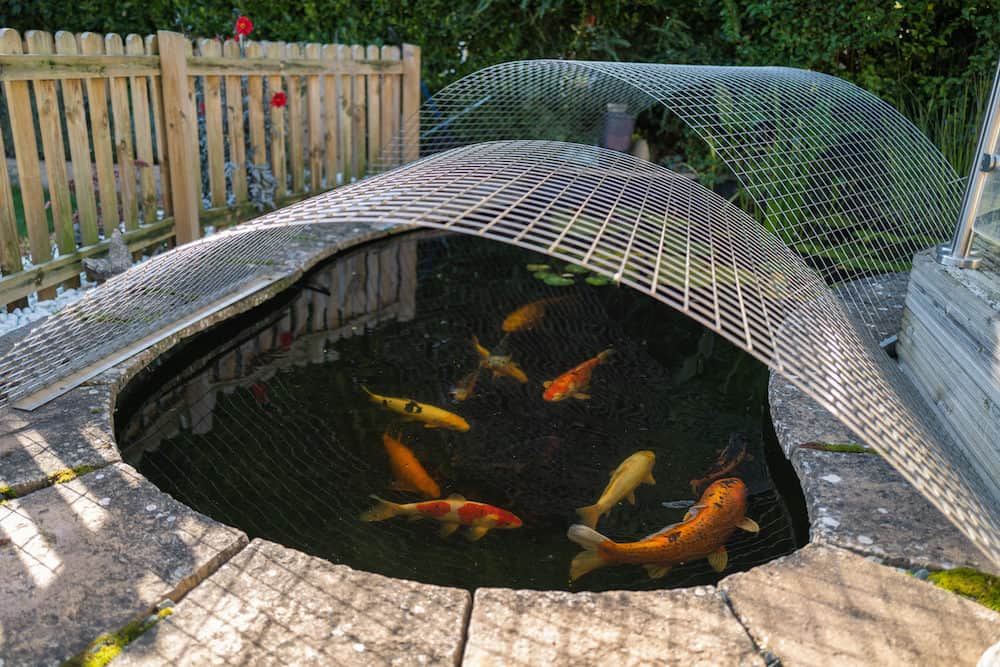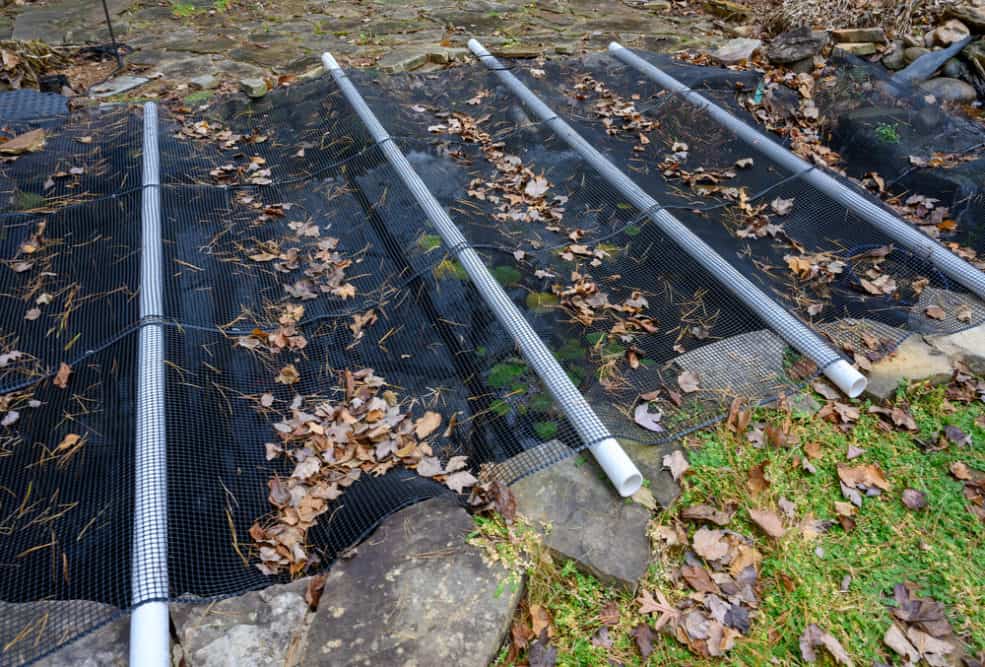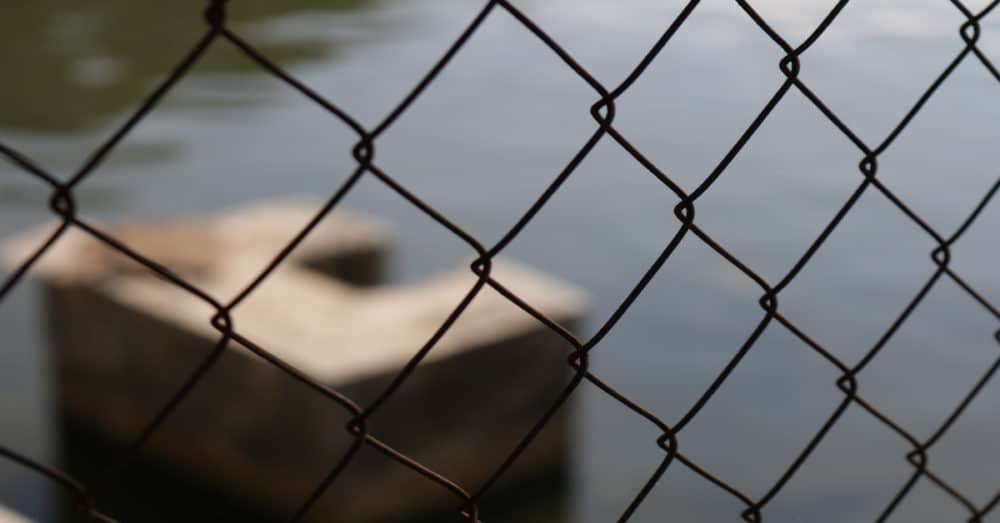Koi ponds are peaceful, stunning, and serene. They do an excellent job of transforming your backyard or business from boring and ordinary to tranquil and unique.

But, as a pond owner, maintaining a koi pond takes a lot of work. Not only do you need to care for the koi fish in the backyard pond, but you also need to ensure the pond stays clean and protected. Doing so can be extra difficult given that the pond is outdoor - unlike other fish aquariums and tanks.
One of the tools you’ll need to prep and maintain your fish pond is koi pond netting.
Koi pond netting is a type of multi-purpose netting that can be applied to a wide variety of different situations. While you can buy netting specifically for koi ponds, most ponds use a generic kind of netting that often covers pools, water gardens, and other locations.
You can find koi pond netting in a range of weaving as well. Some netting will have very tight weaves, while others display a more open design. Some weaving is knotted, while others are woven.
Koi pond net covers are essential for protecting your garden pond. They serve several different purposes in the process.

For one, netting for koi ponds helps keep unwanted predators out of your pond. There are many wild animals, such as a heron or a raccoon, that would love to make a snack out of your koi fish. Koi pond nets prevent them from doing so.

A koi pond net will also make maintaining your koi pond much easier by keeping debris, such as fallen leaves, out. Not only will your pond look as nice as possible, but it will maintain good water quality. Clean water is important for your fish and the plants in and around your pond.
Koi pond netting should be catered to your specific situation to best serve your pond. There are many different types of netting available to you today, including these options:
With all of these styles come different gap sizes. The gaps in your netting can range anywhere from one-eighth of an inch to two inches.
Some people prefer significant gaps because they allow more visibility of the actual pond. Smaller weaves can be a bit of an eyesore.

But smaller gaps also keep more debris and predators out of the pond water, which is certainly ideal. In most cases, it’s best to go with a middle-ground option.
Your netting also needs to be large enough to cover the entire koi pond. You can secure some netting using stakes in the ground. If you don’t have stakes, you can choose to secure it with heavy objects such as large stones.
Either way, it’s critical that your pond netting stays put.
If you’re looking for koi pond netting for sale, all you need to do is visit your local pet store. Koi ponds are very common in today’s world, so it’s easy to find high-quality durable fine mesh at local and national retailers alike.
If you live in an area that gets very cold in the winter, your outdoor koi pond will likely freeze over. No need to worry; your koi fish are accustomed to this and will survive by staying at the bottom of the pond where the water is still warm and unfrozen.
Because the top layer of the water is likely to freeze at least a little bit during the winter, the netting isn’t as important. But when the spring season rolls around and the outside world becomes more active, it’s vital to prepare your pond for the season.
The first thing you need to do is check your netting. After a harsh winter, you might need to replace last season's mesh cover. At the very least, you will need to re-secure the netting over the water.
After semi-hibernating and not feeding during the winter, your surviving koi fish will have very weak immune systems. It’s critical that you properly treat the water for any potential bacteria or parasites.
Be sure to clean out your filters, restart them, and add in some beneficial bacteria for your fish. Start feeding your fish again slowly; don’t rush this process, as they need to work back up to their full-time diets gradually.



